Market Share
Still Wine Market Share Analysis
The Still Wine market, an important part of the overall wine business, is highly saturated and dynamic. Organizations in this field use a variety of market share positioning techniques to acquire a competitive advantage and capture a sizable chunk of the market. These methods are critical for firms as they negotiate the complicated environment of customer preferences, economic concerns, and shifting trends.
Differentiation of products is a widely used competitive positioning approach within the Still Wine sector. Companies try to set apart their services from competitors by emphasizing distinctive features, quality, and brand. Whether it's the variety of grape varietals utilized, the aging method, or the overall taste profile, uniqueness enables businesses to establish a distinct character that appeals to customers. Effective difference not only draws new consumers but also increases brand loyalty, resulting in long-term market share increases.
Pricing is another important strategic consideration. Companies intentionally adjust pricing to appeal to certain market segments. Some may portray them as premium brands, stressing exclusivity and high quality. Others may use a more cost-effective strategy and target a larger audience. Effective pricing strategies need a precise balance among perceived worth and affordability. Companies that match their pricing with client demands and shifts in the market are more likely to gain and retain market share.
business segmentation is equally important when it comes to the still wine business. Companies may improve the effectiveness of their marketing efforts by recognizing and concentrating on certain customer groups based on demographics, interests, and behaviors. This technique enables firms to fulfill consumers' different demands by developing goods and advertising strategies that resonate with certain segments. Targeted segmentation enables businesses to allocate resources efficiently, maximize their impact, and obtain a competitive edge in the market.
Innovation is a continuing determinant of market share placement in the Still Wine business. Companies spend in R&D to generate fresh and intriguing items that pique consumers' attention. This might include experimenting with alternative winemaking processes, introducing new mixes, or embracing environmentally friendly and organic practices. Innovative services not only capture attention, but also establish organizations as industry leaders, resulting in increasing market share.
Distribution and accessibility are critical factors in determining market share. Companies actively select distribution channels to guarantee that their products reach a large audience. A comprehensive and well-managed distribution network, whether through traditional retail stores, internet platforms, or connections with restaurants and bars, increases a company's exposure and access. Convenient availability to Still Wine goods has a significant impact on customer preferences and, as a result, market share.

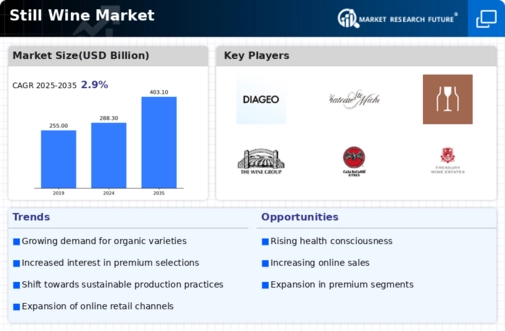
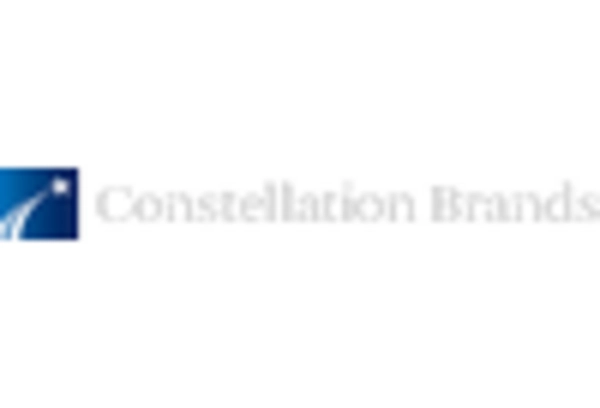
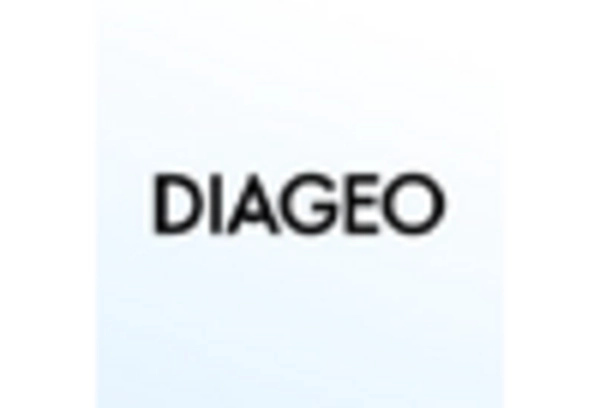
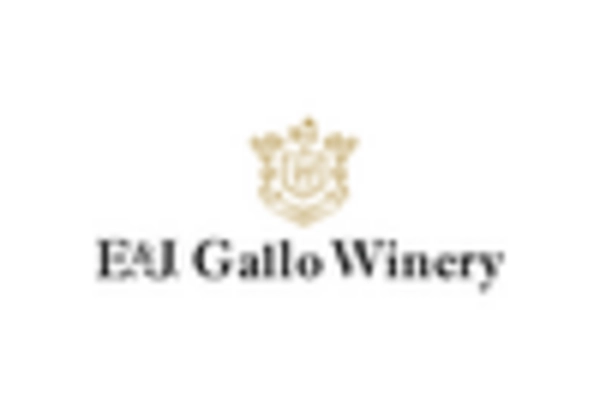


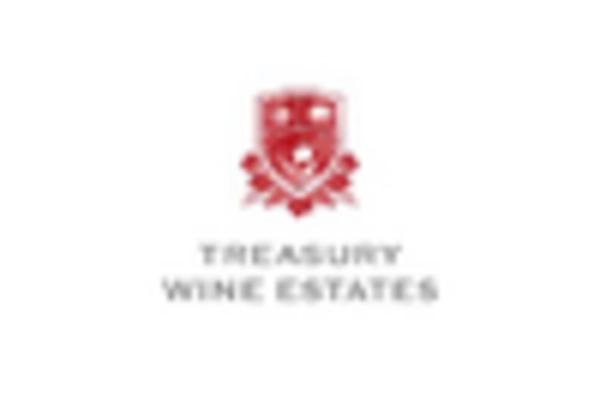









Leave a Comment